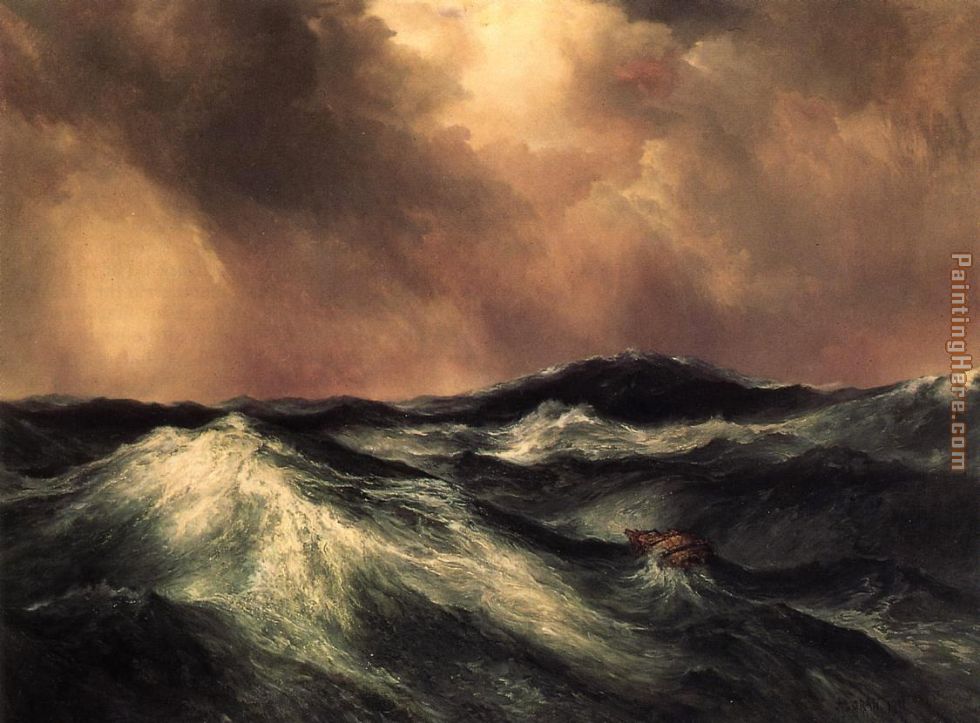
The memory of my father is wrapped up in
White paper, like sandwiches taken for a day at work.
Just as a magician takes towers and rabbits
Out of his hat, he drew love from his small body.
Yehuda Amichau
In this section from "My Father" by Amichau, the flow of the poem speaks strongly to the reader. The poem being about a father makes it easily relatable, for most people have a father or a fatherly figure that remains in their life. Also it renews a warm, fuzzy feeling that oozes out of a father and his presence’s. When reading this, I instantly found the image of my father in my brain, and I related the poem to his doings. I can easily picture the author creating this piece and searching for memories to help progress the poem, because of the line of how the memory of his father is “wrapped up,” like a sandwich.
This poem creates not only a theme of admiration for his father, but also uses strong and relatable imagery to developing ideas within the poem. The imagery of a magician pulling a rabbit out of his surprisingly smaller hat relates so creatively to the father’s large love coming out of “his small body.” The use of this is so innovative and not expected, but it’s also so relatable and familiar that it fits perfectly into the poem. This same concept is also applied to the sandwich wrapper. This idea of using something uncommonly used to describe a feeling is





